5 Different Types of Humidifiers (With Pictures)
-
Pete Ortiz
- Last updated:
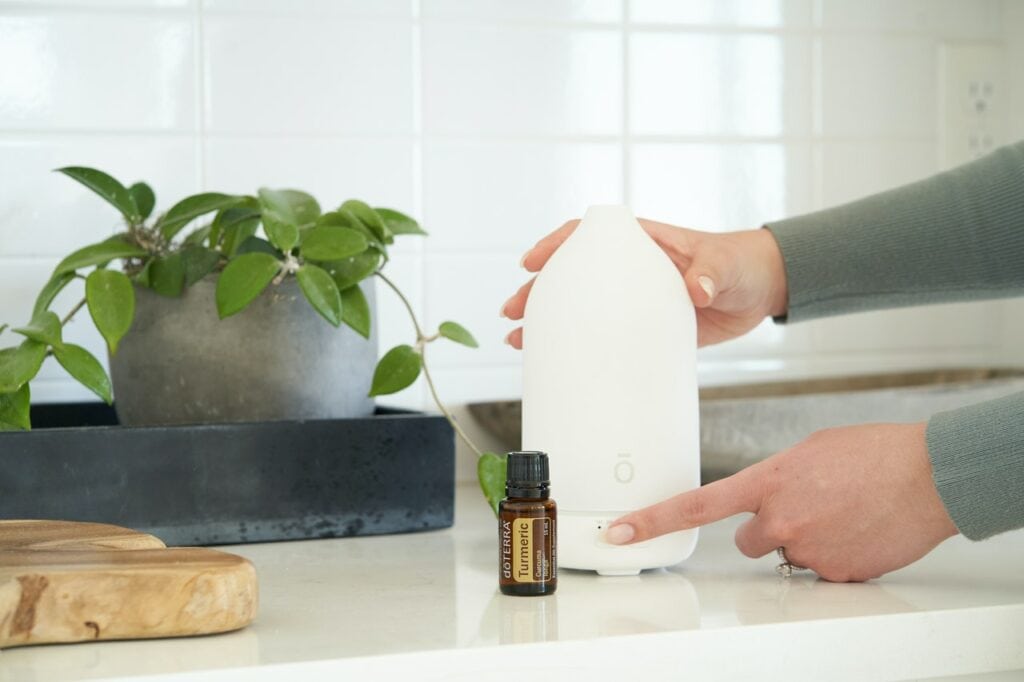
Many people crave the benefits of a humidifier inside their home. However, few people realize that there is more than one type of humidifier. In fact, there are five unique types of humidifiers. Each type of humidifier has its own list of benefits and downsides that make them better suited for different situations.
If you are one of the many people that are clueless about the vast array of humidifiers, do not worry, this overview will provide all the information you need to differentiate between a mister, a vaporizer, and an ultrasonic humidifier. Here are five different types of humidifiers for every situation.
The 5 Types of Humidifiers
1. Cool Mist Humidifiers
Cool mist humidifiers are straightforward. They add humidity to the air by producing a large amount of cool mist that fills a room and increases the humidity levels. Cool mist humidifiers are great because they do not increase the temperature of a space during the humidifying process.
Other humidifiers can sometimes make a room warmer than the surrounding areas which can make it feel warm and stuffy. Cool mist humidifiers keep a room feeling fresh, which is why they are mostly used in warm southern climates. In northern climates, during the winter, when air is often cold and dry, a cool mist humidifier can cause a room to feel drafty and chilly. Despite that, cool mist humidifiers are the most common type of humidifier. They have a lot of benefits, are cheap to purchase, and there are multiple different options to choose from.
Cool mist humidifiers run continuously and create a low humming sound during operation. Using distilled water can help the humidifier act as a sort of purifier as well, making these units some of the most versatile models on the market.
- Plentiful and cheap
- Doesn’t make the room too hot
- Can be used to purify the air with distilled water
- Constant humming sound
- Not great in super cold environments
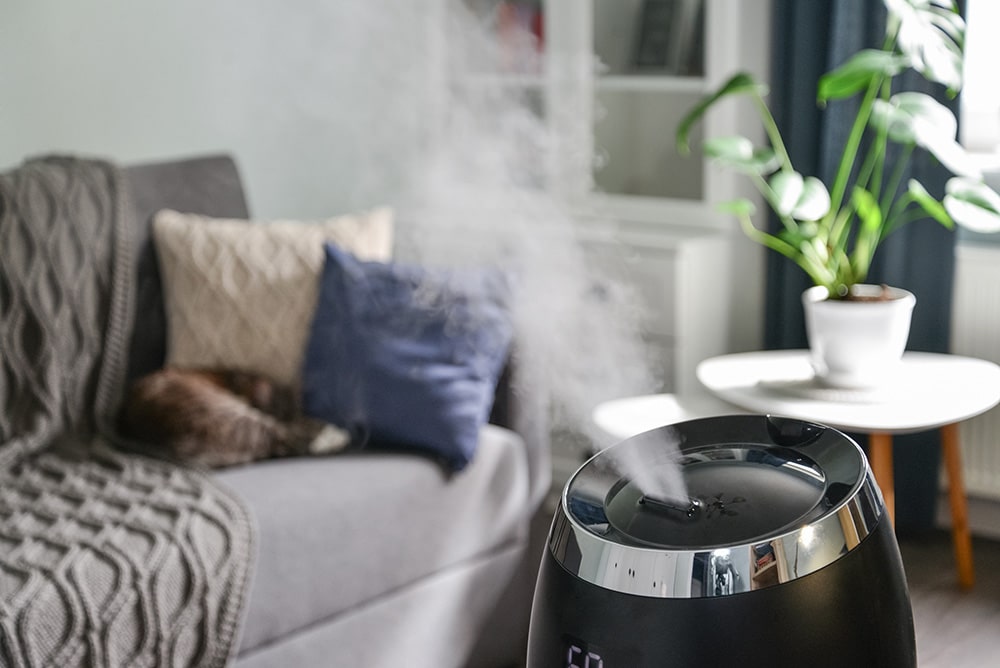
2. Warm Mist Humidifiers
Warm mist humidifiers are the opposite of cool mist humidifiers. These units use a heating system to warm up the water in the tank before pumping it out as warm or hot vapor that is closer to steam than it is a mist. These humidifiers are great for northern climates where people want to humidify their homes during cold, dry winters. A warm mist humidifier can raise the temperature of a room while also providing a high level of saturation.
Warm mist humidifiers have also been shown to help decrease the prevalence of airborne bacteria, and they can help break up mucus and relieve other minor symptoms of illness. These humidifiers are very popular during cold and flu season for these reasons.
However, the heating components of these humidifiers cause some headaches that cool mist humidifiers do not have. They can cause burns during operation which makes them iffy to be used around children and pets. Heating also uses more energy which increases operational costs. Lastly, warm mist humidifiers are more complicated to take apart and clean because of the heating components.
Warm mist humidifiers are great at cutting down on airborne bacteria, and they help keep northern rooms warm and humid during cold, dry winters.
- Warms cold rooms
- Quickly raises ambient humidity
- Great for cold and flu season
- More expensive to run
- Can cause burns if not careful
- Difficult to clean
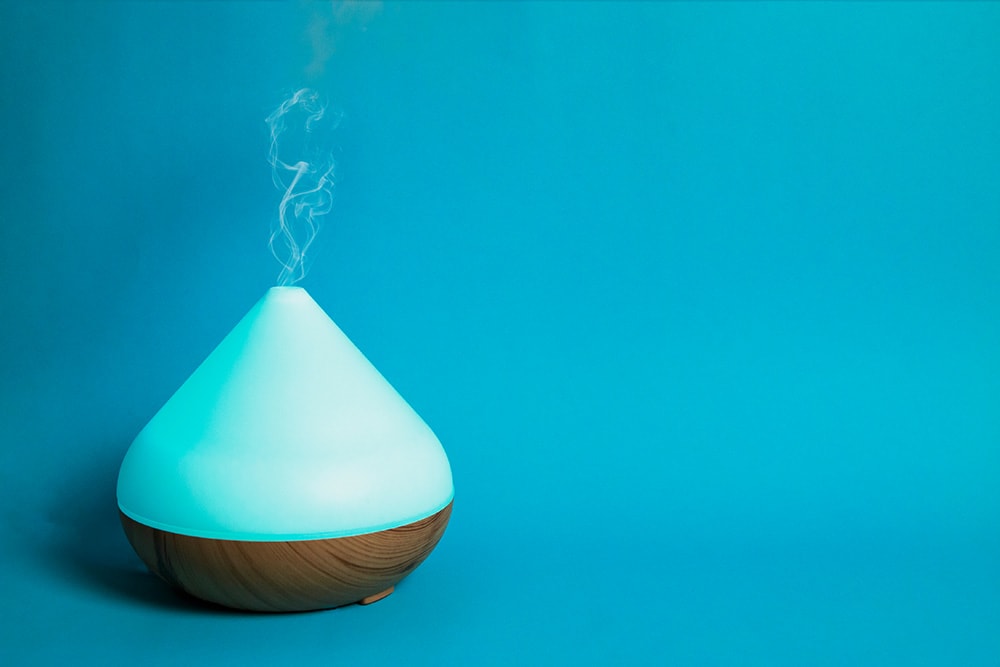
3. Vaporizer Humidifiers
Vaporizer humidifiers combine cool mist humidifiers and warm mist humidifiers into one versatile system. Vaporizers offer the benefits of both cool mist and warm mist humidifiers which makes them a great choice for a large variety of people.
They are also great for climates that get cold, dry winters and hot, humid summers. During the summer, you can use the cool mist setting, and, in the winter, you can turn on the warm mist setting to get the best of both worlds. This makes vaporizers one of the most versatile types of humidifiers money can buy.
The problem is that vaporizer humidifiers also come with all of the downsides of both cool mist and warm mist humidifiers. The warm setting can still cause burns, the cool setting is still noisy, it uses more energy, and they are more complicated making them hard to clean. The downsides are often outweighed by the functionality and versatility that a vaporizer humidifier brings to the table.
- All the benefits of cool and warm mist humidifiers
- Great for a variety of climates
- Easily swap to the setting you need at the moment
- Only on purchase required for multiple benefits
- Heat setting is still dangerous for children
- More expensive
- Uses a lot more energy

4. Evaporative Humidifiers
Evaporative humidifiers are very similar to cool mist humidifiers. They use passive evaporation and condensation to circulate cool humidity throughout a space. These humidifiers work by running air over a wick humidifier. Water accumulates on the wick, and then a fan blows air over the wick to create cool, humid air.
These humidifiers are great since they are passive, quiet, and use very little energy. They are perfect for homes with children and pets because there are no dangerous heating components, and they are easy to take apart and clean. The wick is self-regulating and there is no fiddling required in order to get the perfect ambient humidity.
The downside is evaporators have less filtering power than other humidifiers. They are more prone to having bacteria grow and particulates build up inside the system. Luckily, they are easy to clean.
- Passive humidifying effects
- Easy and simple to deal with
- Uses very little energy
- More prone to bacteria
- Humming from the fan
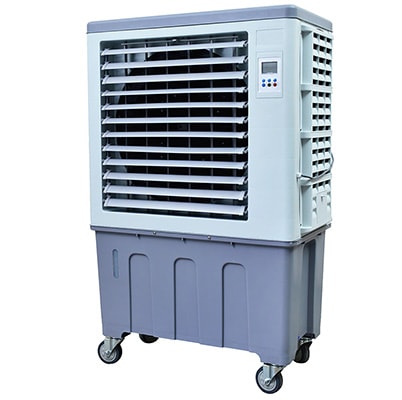
5. Ultrasonic Humidifiers
Ultrasonic humidifiers are the most unique. These units use a thin diaphragm that vibrates at extremely high frequencies to create water droplets that are then put out into the air. The diaphragms are usually made from a metal or ceramic material. The vibrations cause water to form, and then the vibrations emit air without the use of a loud fan.
Ultrasonic humidifiers are extremely cheap to operate, and they emit no steam or noise. Ultrasonic humidifiers are great for people who do not like the white noise generated by most other humidifiers, making them perfect for bedrooms and other sleeping spaces.
Ultrasonic humidifiers are the most expensive kind of humidifier. They also have the potential to grow bacteria and have mineral dust build up. However, despite the build-ups, ultrasonic humidifiers are very easy to clean. Many people will gladly pay a little extra for the quiet running and safety provided by an ultrasonic humidifier.
- Super quiet
- Energy efficient
- Easy to clean
- Novel design
- Expensive
- Can grow bacteria if not cleaned regularly
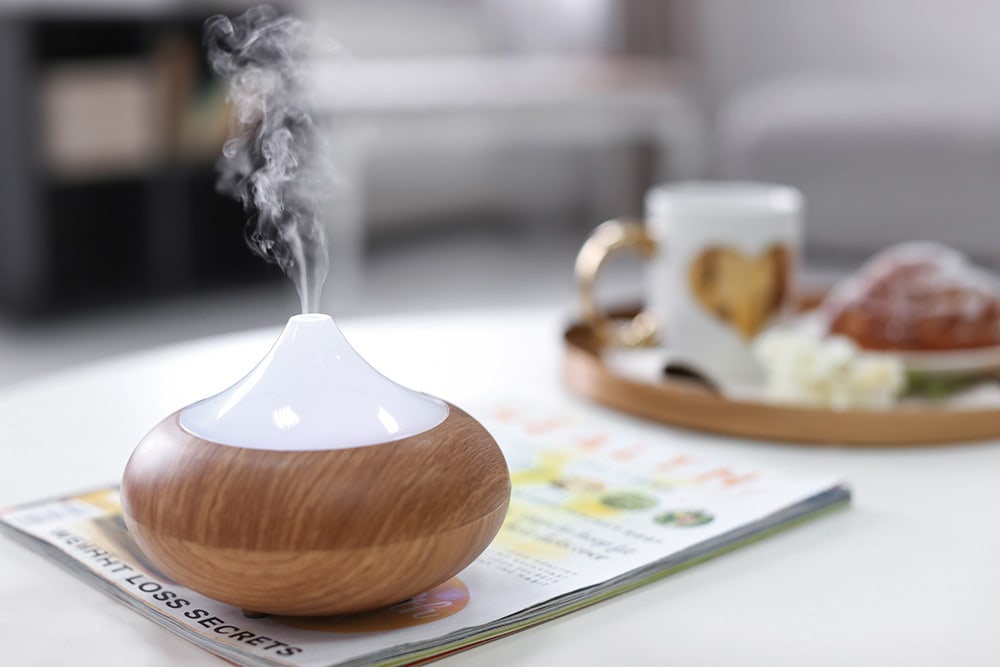
Factors To Consider When Choosing a Humidifier
How Easy Is It to Clean?
Before buying a humidifier, you should check to see how easy the unit is to clean. Cleaning a humidifier is important for the health of the system and the health of the people living in the house. Letting bacteria and dust build up inside of a humidifier can create an unsafe environment.
Make sure that you feel comfortable with the required cleaning for any humidifier before making a purchase. Buying a product that will frustrate you on a regular basis will quickly decrease the benefits of a humidifier. Lapses in cleaning can hurt both the humidifier and the residents, so the cleaning procedure is very important to acknowledge.
How Much Space Can It Handle?
Another important factor to consider is how large of a space the unit can handle. Some units are only designed to work in spaces of 500 square feet or less, while other units can handle much larger spaces or even a whole house. Larger humidifiers are often more expensive than smaller units but buying a humidifier that can’t keep up with a space will make the purchase much less effective.
Make sure to check how many square feet a unit can handle before pulling the trigger on a final purchase. Humidifiers that are strained to keep up with a large space will use more energy, wear out quicker and provide fewer benefits.
How Energy Efficient Is the Humidifier?
Lastly, make sure to consider how energy efficient a humidifier is. Humidifiers can use a lot of energy, especially if you plan on running them continuously. High energy usage can lead to higher-than-normal energy costs. If you save money upfront on a unit that is not energy efficient the higher energy costs can quickly offset any perceived savings in the long run.
There are humidifiers like evaporative and ultrasonic humidifiers that use much less energy than more common products. If you are worried about the burden added to your power bill, make sure you are getting an energy efficient unit for your home.
Conclusion
There are five different types of humidifiers that can be commonly purchased. Each humidifier provides its own list of benefits and drawbacks. Every individual will have needs that will necessitate a different type of humidifier and choosing the correct type of humidifier is essential to getting the ideal level of humidity and air quality. Weighing the balance between noise, energy usage, heat, and cleanliness is critical to making a choice you can feel good about.
Featured Image Credit: doterra-international-llc, Pexels
Contents


